Laying hen housing systems: Its about trade-offs
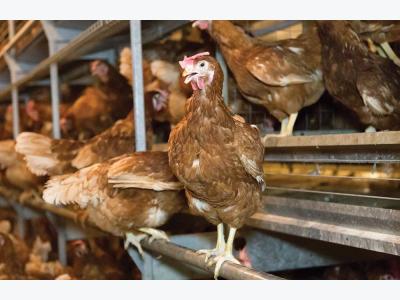
Mortality in aviary housing systems was more than double the mortality rates in both conventional and enriched housing systems.
A study from the Coalition for a Sustainable Egg Supply resulted in showing several trade-offs among three types of laying hen housing systems: conventional cages, enriched cages and cage-free (aviary) systems. Dr. Joy Mench, professor of animal science at the University of California-Davis and co-scientific director of the study, discussed these trade-offs at the Animal Agriculture Sustainability Summit during the 2016 International Production & Processing Expo, January 26 in Atlanta, Georgia.
The study took a holistic approach to studying the three housing systems, looking simultaneously at five sustainability factors:
- Environmental impact
- Food safety
- Worker safety
- Animal health and well-being
- Food affordability
In studying these factors, several trade-offs emerged:
- Total accumulated mortality was highest in the aviary system (11.5 percent), due to aggressive pecking and cannibalism. It was 4.7 percent in conventional cages and 5.1 percent in enriched cages.
- Bone strength was lowest in conventional cages due to lack of exercise.
- Using conventional production costs as a baseline, aviary production costs were 36 percent higher and enriched cage production costs were 13 percent higher.
- The aviary system had dust levels 8-10 times higher than other systems.
- The enriched system scratchpad (essentially a manure pad) and the aviary litter (and eggs laid there) had the highest levels of total aerobes and coliforms.
- The aviary system resulted in high worker exposure to endotoxin dust particles and reduced lung function by the end of a shift, but few reported any respiratory symptoms.
- The aviary system also presented ergonomic challenges; hens laying in litter resulted in a lot of crawling around for employees and potential respiratory and infection hazards.
- Keel bone breakage was highest in the aviary system.
Mench said she believes mortality can be lower for cage-free systems, but “it’s still an issue that needs to be addressed.”
She said the solution is probably genetics, in terms of cannibalism and pecking. There are birds less prone to cannibalism, but, as she referenced, a recent study showed those birds have more problems with feather pecking.
Có thể bạn quan tâm
Phần mềm

Phối trộn thức ăn chăn nuôi

Pha dung dịch thủy canh

Định mức cho tôm ăn

Phối trộn phân bón NPK

Xác định tỷ lệ tôm sống

Chuyển đổi đơn vị phân bón

Xác định công suất sục khí

Chuyển đổi đơn vị tôm

Tính diện tích nhà kính

Tính thể tích ao hồ
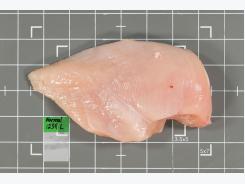
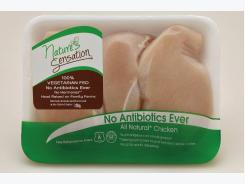
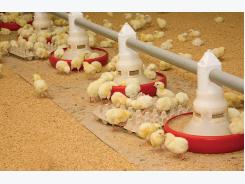
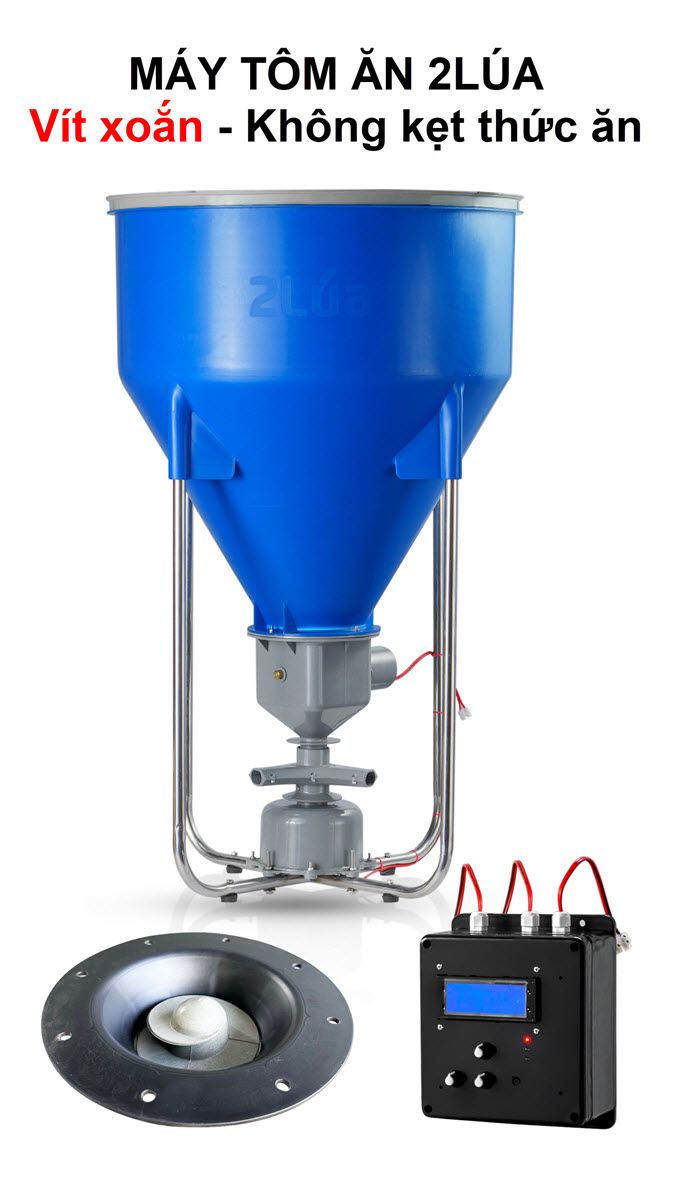
 Practical tips to keep poultry free of avian…
Practical tips to keep poultry free of avian…  GFSI: What the animal feed industry needs to…
GFSI: What the animal feed industry needs to…